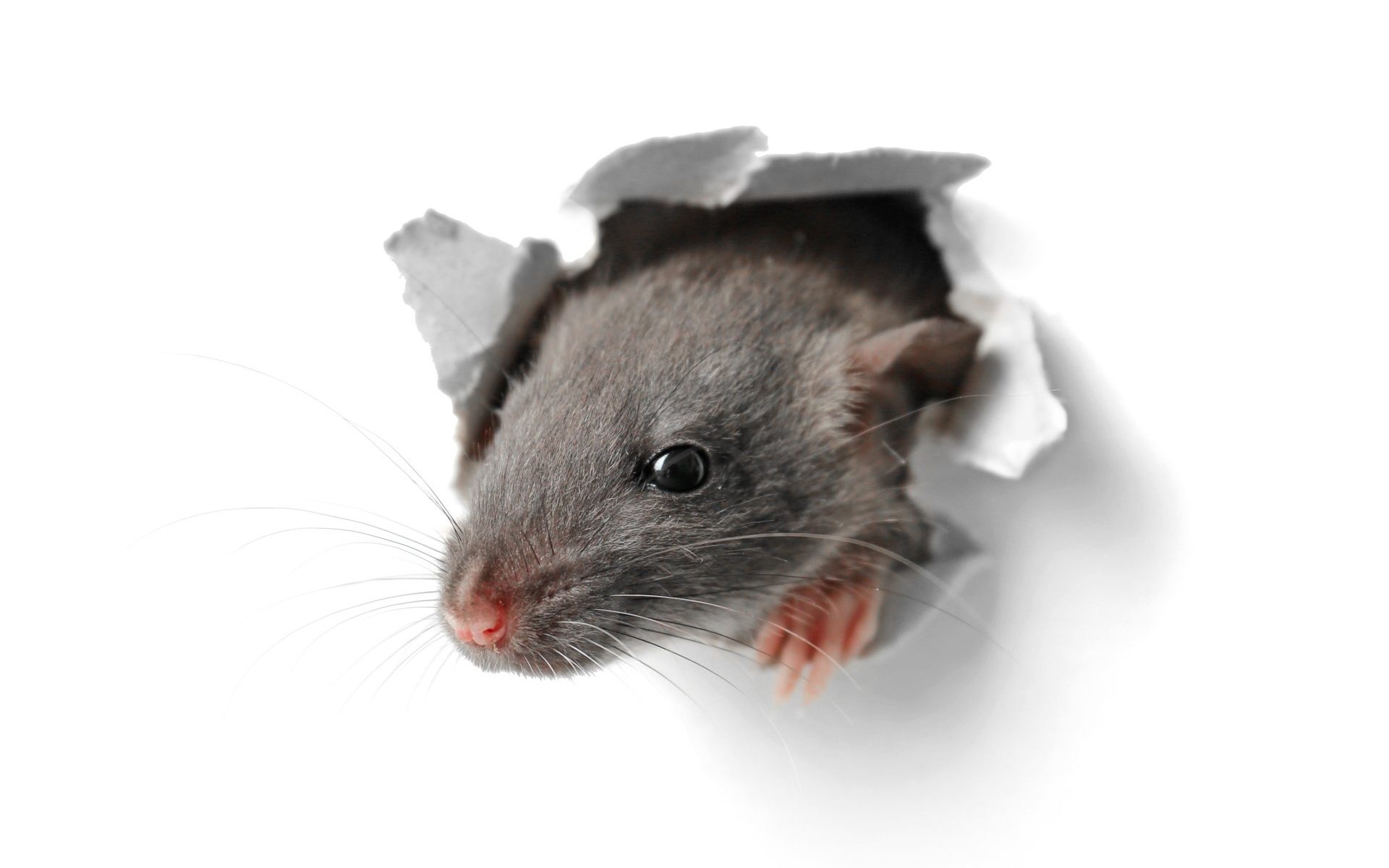
A real Christmas tree really does bring the holiday spirit in to your home, but what else does it bring?
Christmas is here again, which means getting out all of your festive decorations and trimming the tree. The holiday season brings cheer, family time, gifts, and traditions. The one thing you hope it doesn’t bring is unwelcome insects and pests.
Bringing the Christmas tree into your home adds a wonderful scent, festive decor, and the holiday spirit. Along with all of these fantastic things, it’s also possible that insects and pests stow away on your tree and end up moving in. As soon as these creepy-crawly bugs come into your toasty warm home, they get the urge to start moving around and leave the tree for your living room.
If you are worried about what kind of pests might be hiding in your tree, you can take steps to prevent them from coming in. We’ve compiled some tips to protect your home from outside critters, or, if you need assistance from the experts, Environmental Pest Management can help take care of all of your pest prevention needs.
Take a look at these steps to keep your home insect-free during the holidays.
Which Bugs To Look For
Are you wondering which pests might be creeping around in your Christmas tree? Spiders, beetles, sawflies, aphids, and mites are some of the most common.
Praying Mantises might be fun to find when you’re exploring outside and come across one in nature, but discovering one in your home after they’ve leaped off your tree may not be as pleasant. Look for these large insects or their egg masses in your tree before bringing it inside.
Some people consider the praying mantis to be good luck, or to mean that angels are watching over you. Lucky you for finding it, but perhaps you can keep the blessing outside.
It may be harder to spot aphids on your tree. Unlike the praying mantis, they are tiny, only about ⅛” long. What do aphids look like? Depending on the variety, they can be brown, grey, white, green, or yellow. They are pear-shaped and can be with or without wings. Also unlike praying mantises, aphids are rarely alone. If you spot one, there are very likely others.
Spiders and mites can be hiding in your holiday tree. Mites look like small red or brown dots. If there are mites or aphids, the tree might also attract another unwelcome critter: spiders. To keep spiders away from your home after you bring your tree in, use the steps below or contact Environmental Pest Management to create a plan.
Also Read: Should Carpenter Ants Be On Your Radar This Spring?

Check Your Tree Out
When searching for the perfect tree, choose one that is a vibrant green and appears healthy. Avoid trees with brown branches. No one wants a half-dead tree in their home (which can be a fire hazard), but it could also be a sign of bug infestation.
Once you pick your tree, check under the branches and around the trunk, looking for evidence of pests. Egg sacs, webs, nests, and insects themselves might be a red flag that bugs are hiding out in your tree. Prune away any branches that show these signs.

Shake Your Tree!
If you purchase your tree from a Christmas Tree farm, odds are they have one of the mechanical shakers to shake all of the dead needles and bugs off of the trees. Don’t skip this helpful service! Let them shake your Christmas tree free of any pests and brown needles.
If you don’t purchase your tree from a tree farm, you can do the shaking yourself by hand. Vigorously shake the tree before you bring it in the house. Shaking the tree will help loosen and remove any pests before it enters your home.
Also Read: Squirrels in Your Home Driving You Nuts This Winter?
Dust Your Tree
No one wants to spray nasty chemicals all over their natural and beautiful Christmas tree. A healthy alternative is to use diatomaceous earth to dust over your tree. This all-natural bug-repellent will effectively and safely keep bugs out of your tree. It won’t leave any scent behind, and it won’t make your tree flammable like aerosol spray repellents. Do this outside, of course.

Vacuum
Once you get your tree set up inside your house, vacuum around it to catch any bugs that might have survived the shaking and dusting. This process will get rid of any stragglers, and keep them from taking up residence in your home.
Preparation is Key
Winterizing your home against pests is an excellent start to keeping spiders and insects away before you even bring the tree home. Closing any gaps around doors or windows, repairing cracks, and treating shrubs and bushes in your yard near your house will prevent bugs from coming inside.
If you have already put the time in to guard against insects and pests and have taken the above precautions with your Christmas tree, you’re likely in good shape for a pest-free holiday. If you are still worrying about insects invading your holiday, consider consulting the experts at Environmental Pest Management.

Rely On The Experts
Christmas time should be about enjoying the decorations, loved ones, and excitement, not worrying about pests moving in with your Christmas tree. Following these steps to keep bugs off of your tree will help you enjoy the Christmas season without the mess and stress of invasive insects.
Worrying about pests in your home can be overwhelming. If you aren’t sure how to keep spiders away or prevent other insects from taking up residence in your home, don’t stress. Contact Environmental Pest Management, and we’ll be right out to provide a free inspection.
After inspecting your home, we’ll develop a customized plan for your home, based on your budget, needs, and unique pest issues. Our plans focus on non-chemical methods and the most environmentally safe products to keep your family safe. And if we find any critters mooching off your holiday decor, we’ll remove them right away.
You’ll appreciate the exceptional service, as well as a pest-free home!













